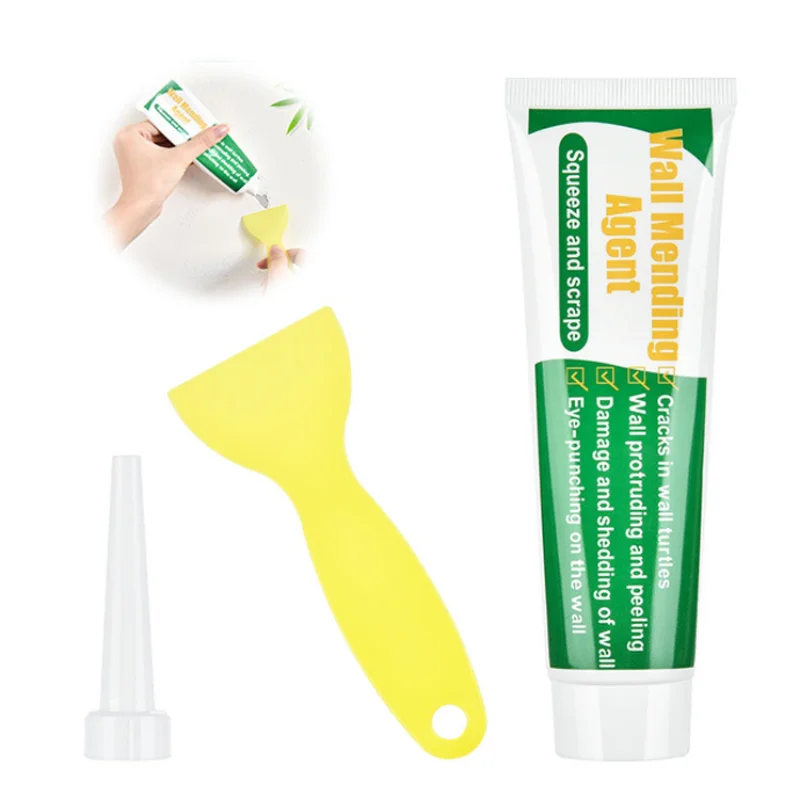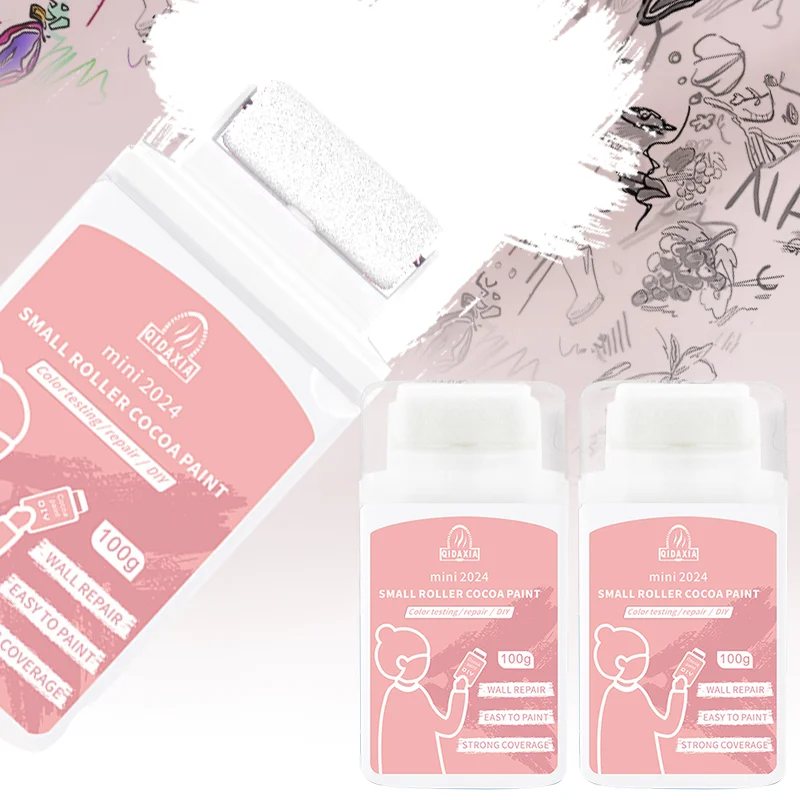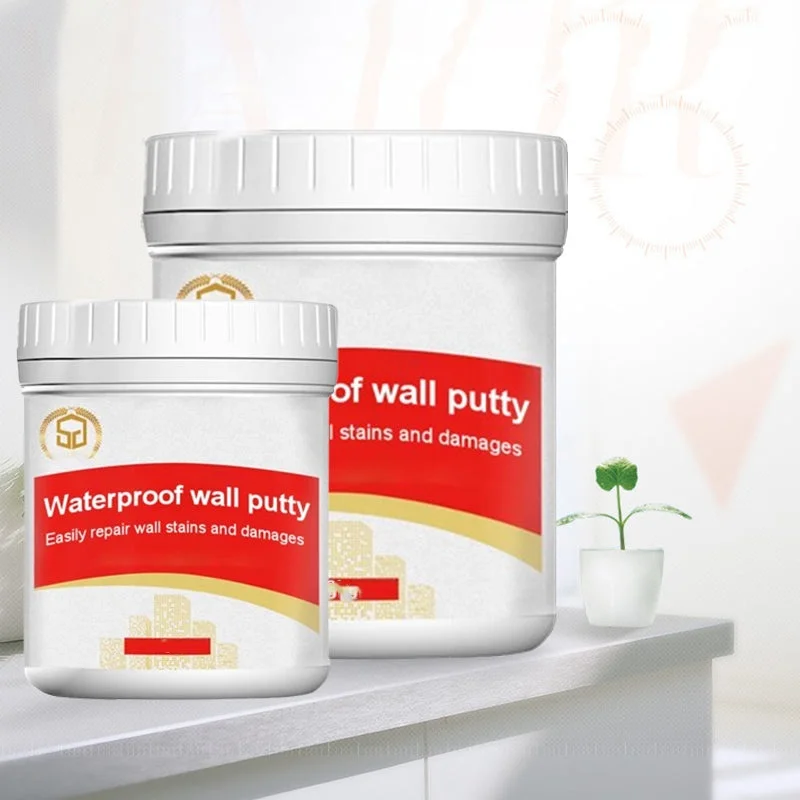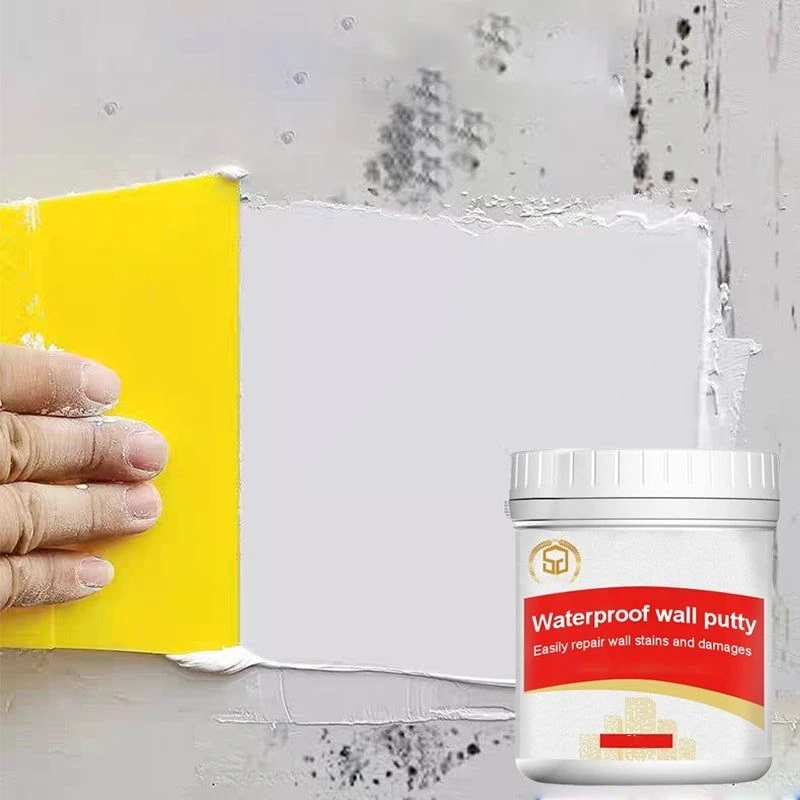Garage wall paint finish offers both functional and aesthetic benefits. Whether you choose a matte, satin, or semi-gloss paint finish, proper application is essential for achieving the desired result. In this comprehensive guide, we will walk you through the step-by-step process of painting garage walls with different finishes, ensuring a successful and professional-looking outcome.

Prepare the Garage
Before you begin painting, it’s crucial to properly prepare the garage walls. Follow these steps:
- Clear the Space: Remove any items, tools, or vehicles from the garage. If necessary, cover any remaining items with drop cloths or plastic sheets for protection.
- Clean the Walls: Thoroughly clean the walls to remove any dirt, grease, or stains. Use a mild detergent or TSP (trisodium phosphate) solution to scrub the walls, and rinse them with clean water. Allow the walls to dry completely.
- Repair Surface Imperfections: Inspect the walls for any cracks, holes, or damaged areas. Use spackling compound or caulk to fill in the imperfections. Once dry, sand the repaired areas to achieve a smooth surface.
- Protect Surfaces: Cover the floor and any areas you do not want to paint with drop cloths or plastic sheets. Tape off trim, windows, or other areas you want to keep paint-free using painter’s tape.
Choose the Right Paint and Tools
Selecting the appropriate paint and tools is crucial for achieving optimal results with different finishes. Consider the following factors:
- Paint Type: Choose a garage wall paint that is suitable for garage walls with the desired finish, such as matte, satin, or semi-gloss. Refer to our previous guide for the best types of paint for garage walls.
- Tools and Supplies: Gather the necessary tools and supplies, including paintbrushes or rollers, paint trays, an extension pole (if necessary), a roller frame, roller covers, a paint stirrer, and a paint tray liner. Use an angled brush to cut-in edges and a premium synthetic roller cover for smooth and even application.

Apply the Paint
Now it’s time to start painting the garage walls with the different finishes. Follow these steps for each finish:
Matte Finish:
- Stir the Paint: Thoroughly stir the geometric wall paint using a paint stirrer to ensure an even consistency and color throughout the can.
- Cut-In the Edges: Use an angled brush to carefully edge along the trim, corners, and near the ceiling. This process, known as “cutting-in,” helps create clean and precise lines.
- Roll the Walls: Pour some paint into a paint tray. Load a roller cover with paint and roll it in the tray to evenly distribute the paint. Start rolling from the top of the wall, working your way down in small sections. Use a “W” or “M” shape motion to distribute the paint evenly. Avoid excessive pressure or over-rolling to prevent streaks or textures.
- Maintain Wet Edges: To avoid visible seams or lines, maintain a “wet edge” while painting. This means overlapping each stroke slightly with the previous one to blend the paint seamlessly.
Satin or Semi-Gloss Finish:
The process for applying paint with a satin or semi-gloss finish is similar to that for matte paint, with a slight variation in technique to achieve a smooth and even appearance.
- Apply the Paint: Use the same cutting-in and rolling techniques as described for matte paint.
- Smooth Out Roller Marks: After each section is rolled, lightly smooth out any visible roller marks using a dry roller cover without additional paint. This technique, known as “laying off,” helps create a more uniform finish.
- Maintain Wet Edges: Similar to matte paint, ensure you maintain wet edges while applying the paint.
- Assess Coverage: After the paint has dried, assess the coverage. If necessary, apply additional coats following the same technique, allowing proper drying time between coats.
- Smooth Out Roller Marks: After rolling each section, it’s important to smooth out any visible roller marks. This process is called “laying off.” To do this, use a dry roller cover (without adding more paint) and lightly roll over the freshly painted section in one direction. This helps to blend the paint and remove any texture left by the roller.

Clean Up and Finish
Once you have finished painting with your desired finish, it’s time for clean-up and finishing touches:
- Clean Brushes and Rollers: Clean your paintbrushes and rollers according to the paint manufacturer’s instructions. For latex paint, wash them with soap and water. For oil-based paint, use paint thinner or mineral spirits for cleaning.
- Remove Tape and Drop Cloths: Carefully remove painter’s tape while the triangle paint wall is still slightly wet to ensure crisp lines. Dispose of drop cloths or plastic sheets and clean or store your painting tools properly.
- Allow Drying Time: Allow the paint to dry completely before returning items, tools, or vehicles to the garage. Drying time can vary depending on the paint type and environmental conditions, so refer to the manufacturer’s instructions for guidance.
- Assess and Touch Up: Once the paint is fully dry, assess the walls for any missed spots, visible lines, or areas that require touch-ups. Use the same technique and tools to address any imperfections.
- Maintain Wet Edges: Just like with matte paint, it’s crucial to maintain wet edges while applying satin or semi-gloss paint. This means that as you paint, you should work in sections that overlap slightly with the previous section. This prevents visible seams or lines where different areas of paint meet.

Advantages of garage wall paint finish
Choosing the right paint finish for your garage walls can significantly impact both the appearance and functionality of the space. Each type of paint finish comes with its own advantages that cater to individual preferences and requirements. From matte to satin and semi-gloss finishes, understanding the benefits of each can help you make an informed decision.
Choosing the Perfect Garage Wall Paint Finish
When it comes to painting your garage walls, selecting the right finish can significantly impact both the aesthetics and functionality of the space. Opting for a satin or semi-gloss finish is ideal for garage walls due to their durability and ease of cleaning. These finishes are resistant to dirt, grease, and moisture, making them perfect for a space that often sees heavy use and varying environmental conditions.
For color choices, neutral shades like white, light gray, or beige are practical as they help brighten the space by reflecting light effectively. In 2024, this type is also the most popular. This not only enhances visibility but also creates a cleaner and more spacious feel. Additionally, choosing paints with mold and mildew resistance properties can extend the life of your garage paint finish, particularly in humid climates or areas prone to moisture buildup.
Ultimately, the perfect garage wall paint finish should balance aesthetic appeal with practical considerations like durability and maintenance. By making informed choices based on your specific needs and the demands of your garage environment, you can ensure a paint finish that enhances both the look and usability of your space.
What Sheen for Garage Walls?
Choosing the right sheen for garage walls depends on practicality. Satin or semi-gloss finishes are recommended for their durability and ease of cleaning, ideal for withstanding the wear and tear of a garage environment. These finishes provide better moisture resistance and are easier to maintain compared to flat paints.
Best Paint Sheen Finish for Garage Walls
For garage walls, the best paint sheen finish is typically satin or semi-gloss. These options offer durability, easy maintenance, and resistance to moisture and stains. Satin provides a slightly matte finish with a subtle sheen, while semi-gloss offers a shinier appearance, both ensuring longevity in a high-traffic area.
How to Paint a Garage Wall?
Painting garage walls involves several steps to ensure a professional and durable finish. Start by preparing the surface: clean the walls thoroughly to remove dirt, grease, and any old paint flakes. Patch any holes or cracks with spackling compound and sand rough areas for a smooth surface.
Best Sheen: Satin or Semi-Gloss for Garage Walls
Choosing between satin or semi-gloss for garage walls depends on your priorities. Satin offers a subtle sheen with easier maintenance, while semi-gloss provides a shinier finish that’s more resistant to moisture and stains. Both options ensure durability in high-traffic areas like garages.

Conclusion
By following this step-by-step guide, you can successfully paint your garage walls with different finishes, achieving a professional-looking result. Proper preparation, paint selection, and application techniques are essential for long-lasting and visually pleasing outcomes. Take your time, work in manageable sections, and allow sufficient drying time between coats. With attention to detail and adherence to the specific techniques for each finish, you can transform your garage walls into a clean and visually appealing space that meets both your functional and aesthetic needs.